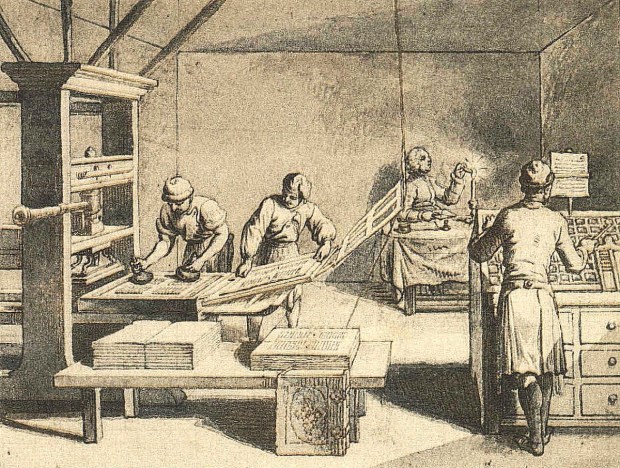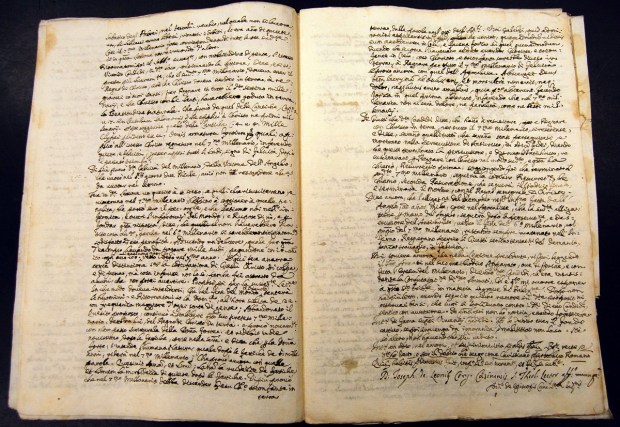Lenten Campaign 2025
This content is free of charge, as are all our articles.
Support us with a donation that is tax-deductible and enable us to continue to reach millions of readers.
We now take books, leaflets, and magazines for granted, but before the invention of the printing press reading materials were very rare. Most people could not read or write and hand-written manuscripts were carefully kept inside royal palaces and monasteries, where only a handful of lucky literate people could access them.
It was only in 1454 that German Goldsmith Johannes Gutenberg commercialized the first version of the movable-type printing press, a machine that thanks to a system of screws and rollers could imprint ink on paper. Gutenberg’s innovation accelerated the development of literacy in Renaissance Europe and forever changed the way we exchange knowledge and information.

Fifteen years after Gutenmberg’s innovation, Pope Pius IV hired Paulus Manutius, son of Aldus Manutius, a scholar and printing press innovator, to establish a printing press at the Vatican. Manutius created what would become Rome’s first printing press, producing printed volumes including all the texts from the agreements signed at the Council of Trent, held between 1545 and 1563 in Trent, Italy.
In 1563, Pope Sixtus V established the official Vatican printing press inside the Vatican Palaces, tasked with producing printed text versions of the manuscripts kept inside the Holy See. The “Tipografia Vaticana,” or Vatican Typography, was directed by Domenico Basa with editorial supervision from Manuntius.
The first printed books produced by the Vatican Typography – including a 1593 edition of the Bible according to Tridentine principles – were very innovative for their times. They included special characters sourced from one of Europe’s most advanced typographies based in Paris. The editorial team was also focused on making texts accessible in languages other than Latin, which led to books being printed in Greek and Hebrew as well.
In 1626, Pope Urban VII founded a subdivision of the Vatican Printing Press tasked with printing publications destined for missionary use, the "Polyglotta Vaticana of the Sacred Congregation of Propaganda Fide.” This international division printed religious books as well as dictionaries and grammatical texts in as many as 23 languages.

After a period of inactivity, the printing press enjoyed a revival in the 19th century with Pope Leo XII overseeing the printing of many works including those of Roman philologist, Cardinal Angelo Mai.
Today, the printing press is still active and produces a variety of printed materials including books for the Official Vatican Publishing House, the Libreria Editrice Vaticana, art volumes for the Vatican Museums, and texts for the Vatican Apostolic Library under the supervision of Guido Benfante.
“The Vatican printing press is the oldest media contributing to the new Dicastery of Communication,” Benfante told Rome Reports. “We still make books with glue, thread, leather, sheep paper and it works wonderfully.” Indeed, the Vatican Typography hosts a traditional bookbinding section where books are still made with parchment paper and manually bound with leather and textiles.

The 500-year-old printing press has also embraced innovation. In the 1980s the Vatican Printing Press ordered the first personal computer and in 2020 it welcomed its first digital printer, a 25-foot-long machine that can print digital manuscripts with less energy than traditional printers.
With a unique blend of tradition and innovation, the Vatican Typography still delivers on its mission nearly half a millennium later.











